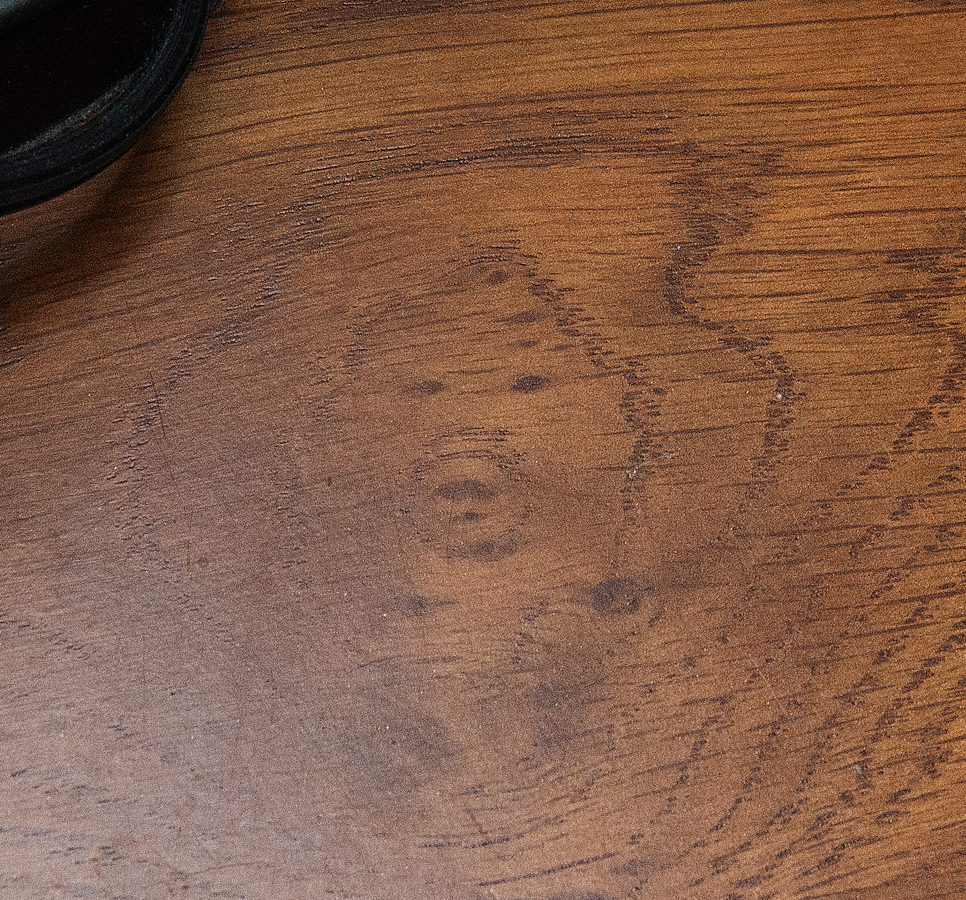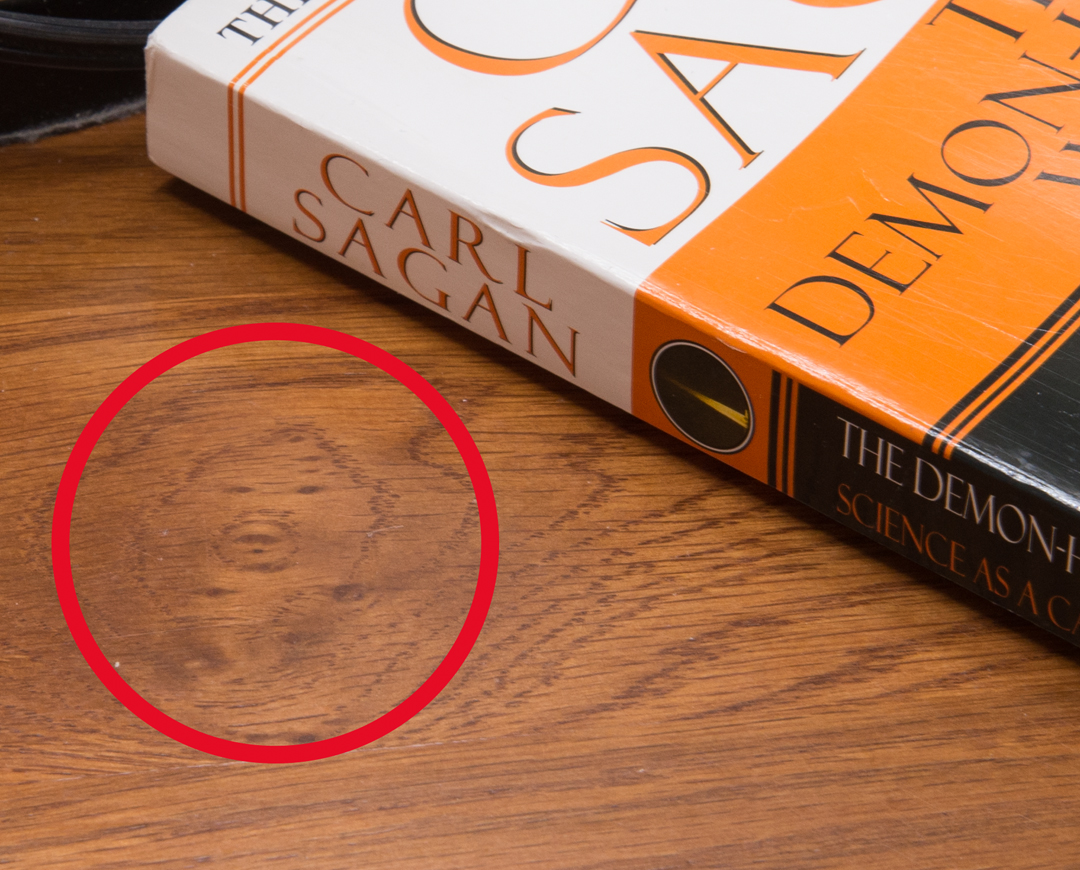Recognize anyone???
Writing in his 1995 book The Demon-Haunted World, Carl Sagan theorized that “As soon as the infant can see, it recognizes faces, and we now know that this skill is hardwired in our brains. Those infants who a million years ago were unable to recognize a face smiled back less, were less likely to win the hearts of their parents, and less likely to prosper.”
Seeing Jesus in your morning toast, Frank Sinatra in a cloud or even Captain Spaulding (you should know him) in a tree stump.
But why does the pareidolia phenomenon occur? The scientists believe it’s a product of evolution since previous studies noted the phenomenon among monkeys, suggesting the brain function has been inherited from primates. Thus, for survival purposes, the human mind is wired to read information from people’s faces such as recognizing who they are, whether they’re paying attention to us or whether they’re upset or happy to see us or intend harm. It’s better to have a neural mechanism that has evolved to be expert at detecting faces especially those that reflect threat—even if it’s overly sensitive than one that is not sensitive enough.
For example, this mechanism might lead to a false positive as when your boss throws you a look while you’re speaking in a meeting, and you interpret that she’s displeased with something you said. Later she remarks how pleased she was with the point you made in the meeting. The next time you see a ghost staring back at you from your vegetable soup, don’t fret. It’s not sending you a covert message or out to get you. More than likely it’s just the activation of a neural mechanism in your brain overprotecting you from threats, keeping you safe, and helping you face life’s challenges.
You can’t convince a believer of anything; for their belief is not based on evidence, it’s based on a deep seated need to believe.




